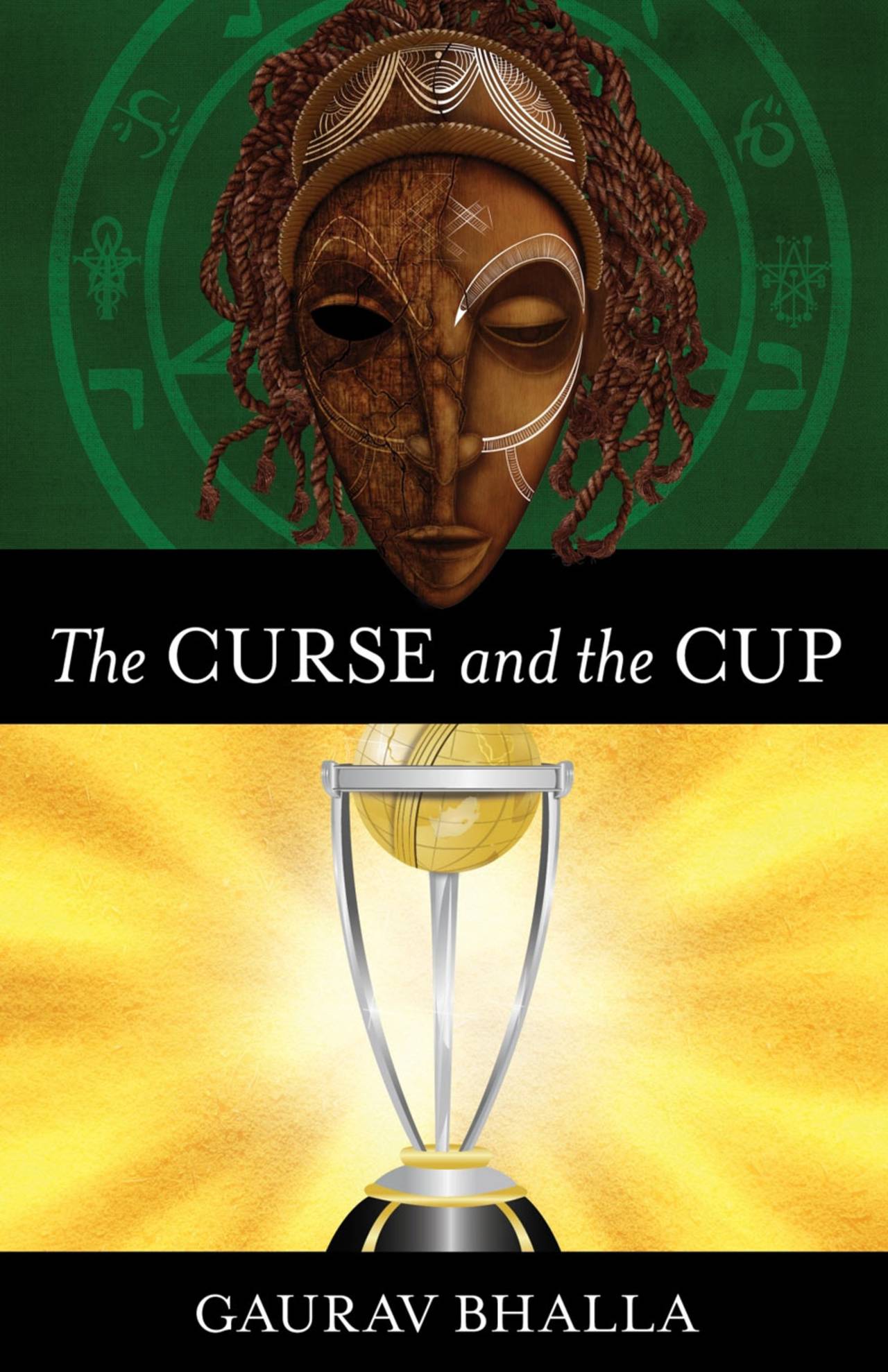Righting the sins of the past
A new novel weaves an intriguing story around South Africa's ill-starred World Cup history
Mark Nicholas
08-Feb-2015

gbkahanee
To understand apartheid, to truly feel the South Africa that existed from 1948 to 1994, a visit to the Apartheid Museum in Johannesburg is fundamental. Essentially, the Afrikaans-led National Party legislated against the rights, movements and associations of the black-majority population. Back then, the sight of Casspirs (armoured personnel-carrying tanks ) and violent, armed police wreaking fear and havoc through townships was as ghastly as any of the cruelties mankind has inflicted upon itself.
Short distances away, white people led a privileged life, and an integral part of that life was sport. Almost oblivious to the oppression, rugby players and cricketers, in particular, were celebrated on the global stage. People of colour were not allowed anywhere near them; nor were they allowed on the same beaches, benches, buses, trains and hotels - unless, of course, they were servants.
In 1969, the South African prime minister, John Vorster, refused entry to the England cricket team because a Cape Coloured player who had emigrated to Britain, Basil D'Oliveira, was included in the touring party. Vorster's action led to South Africa's isolation from international cricket until the release of Nelson Mandela 20 years later.
The South African team's first major tournament back was the 1992 World Cup in Australia. But for a quirk of fate - and a tardy over rate, it must be said - the South Africans might have won it, which would have rated as one of sport's more remarkable performances. But it was not to be, and has not been since. These fine cricketers have come close but a series of unusual - some might say dark - occurrences keep denying them. Perhaps, there is an unpaid karmic debt. Perhaps the consequences of apartheid continue to exact revenge.
In his first novel, The Curse and the Cup, Gaurav Bhalla goes one step further. He suggests that a curse has been put upon the team and that only the forgiveness of a young, talented African cricketer can lift the curse and allow the South African people the realisation of their dream.
The story goes like this. On an ill-fated day in 1991, Vuyisa Lingani and his son, Manga, two immensely gifted left-arm spinners, die within hours of each other in bizarre tragedies. Mama Nonkosi, Lingani's wife, blames the white establishment and, in an act of vengeance, places a curse on the South African team that will prevent them from winning any world tournament.
So far so good. Bhalla creates the environment of the townships, the gentleness of the people and the courage of their beliefs with empathy and pace. The horror that surrounds them is believable and the journey they must take to escape the system and make a case for themselves is exactly as it once was in South Africa.
But time waits for no one. Mama Nonkosi is dying and the curse needs a new caretaker. She turns to her grandson, Themba, heir to the Lingani spin dynasty. But Themba has a mind of his own and some important friends. It is here that the story hits a bump.
Fiction becomes confused with non-fiction. Two wealthy families, the Oppenheimers and the Mittals, are persuaded by a supermodel, Piloo Fouche, to sponsor a big match at the Wanderers. From it Themba and AB de Villiers become friends. Fouche is all business, no innuendo. Pity, because we are now on hold while a journalist and Themba's mentors try to work him into the big time and, of course, the chance to represent South Africa in the 2015 World Cup in Australia and New Zealand.
They approach the CEO of South African cricket, JG Mills, an absurd figure from the colonial age whose handlebar moustache and penchant for mid-morning drinking combines with an irritating manner. Ali Bacher, who stood down in 2001, was South African cricket's last white CEO. He was anything but this caricature. Since then, Cricket South Africa has been run by people of colour. Thankfully the tale survives the distraction and emerges into a tense final phase where Themba's performance in the Wanderers match is the catalyst for a twist in both storyline and ambition. From there on, the ending is anyone's guess.
The Curse and the Cup is a terrific read. There are a few errors of fact and the occasional jolting phrase, but Bhalla's passion for justice comes over loud and clear. So much so, in fact, that one suspects he has an axe of his own to grind. But then, back then, there were millions of people with an axe to grind.
You cannot but admire Bhalla's originality and persuasion, and warm to his colourful characters as he examines the human condition. He meets apartheid head on with a compelling tale of hopes dashed and hopes regained. Like Mandela, his hero must shake off the past to understand the futility of hate and the power of forgiveness. As Mandela said: "To be free is not merely to cast off one's chains but to live in a way that respects and enhances the freedom of others."
The present South African cricket team have arrived in Australia with a very realistic hope of winning the World Cup. The land they left behind is a different place from the one left behind by Kepler Wessels' team 23 years ago. There is no Themba in their number but there are others who represent him. Has the curse been lifted? There is no clichéd lap of honour here, just an engaging voyage of discovery.
The Curse and the Cup
by Gaurav Bhalla
gbkahanee, 375 pages
by Gaurav Bhalla
gbkahanee, 375 pages
Mark Nicholas, the former Hampshire captain, presents the cricket on Channel Nine in Australia and Channel 5 in the UK